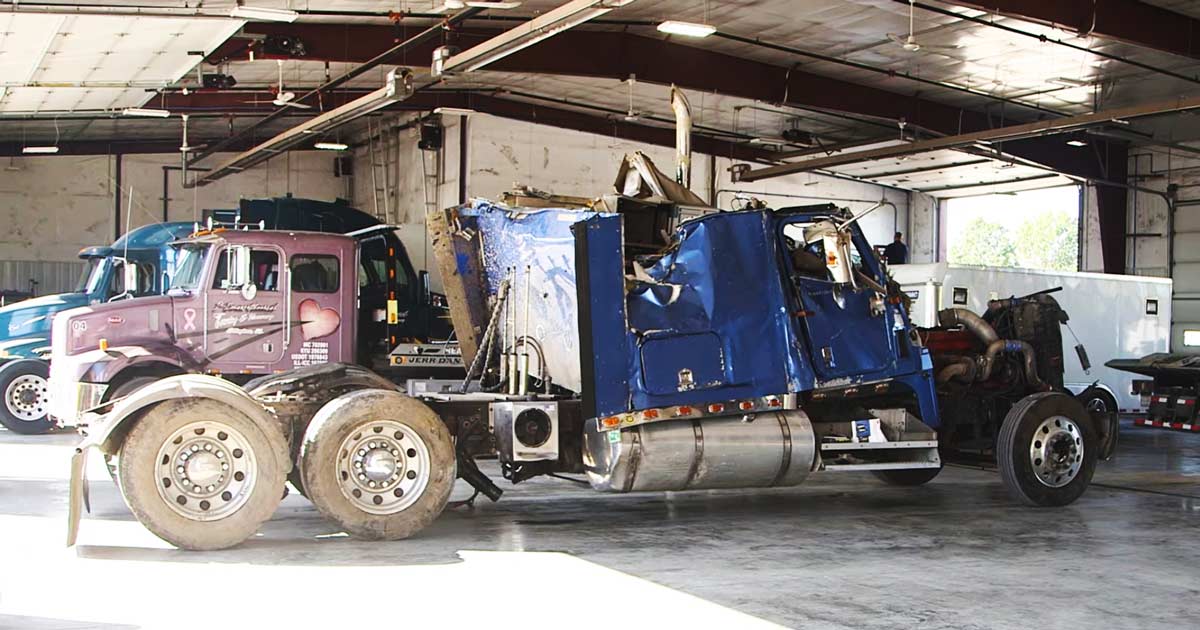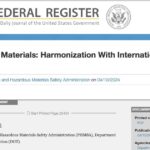In late September a semi carrying about 7,500 gallons of anhydrous ammonia crashed on an Illinois highway. Approximately 4,000 gallons leaked, killing three adults and two children and setting off an evacuation.
According to a National Transportation Safety Board member speaking at a news conference Oct. 1, at 8:40 p.m. Friday, the tanker was going west on Route 40, which is north of I-70, near Teutopolis when another vehicle may have tried to pass the tanker. This may have caused the tanker driver to swerve to the right and the truck to run off the road.
Also Read: Four steps for handling an ammonia leak
The truck rolled over and jackknifed, exposing the front of the tank. The semi hit an illegally parked utility trailer near the side of the road. The front of the tank hit the utility trailer’s hitch, which tore a six-inch-diameter hole into the tank.
Teutopolis Fire Chief Tim McMahon told WCIA that his firefighters immediately recognized the threat and began going house to house to assist evacuating residents.
The fire department issued a statement saying there were more than 100 first responders on scene for nearly 24 hours. A local school was established as the command center.
Also Read: Profile: MABAS 10 Hazmat Team
The evacuation order was lifted at 8 p.m. Saturday, but Illinois Environmental Protection Agency will remain on scene to monitor things like well water.
Here are four steps to help deal with an ammonia release.
ONE
Establish a research team to get weather conditions including wind speed and direction, establish PPE for recon and entry, fill out chemical worksheet for ammonia, get aerial map of area to identify exposures, and print plume overlay on map. The team needs to research the vessels and get information on valving, composition, volume, design, etc… It will also need to identify health issues including signs and symptoms.
TWO
Have the proper PPE and use it to its point of effectiveness. For ammonia, reconnaissance can be done in firefighter turnout gear and SCBA. Their objective is to identify the hot zone, perhaps 10% of the IDLH (about 30 ppm) and not move any further than that. The entry team needs to be in Level A suits.
THREE
Establish a decontamination area. Dry decon with fans may work, but metering has to be done on the entry personnel. If still contaminated, move through technical decon. Better is a full wet decon set up, especially if the team is going to the trouble to do a Level A entry.
FOUR
Use the research group to find incompatibilities, find things you may be able to use for plugging or patching (wood plugs, rubber patches, etc…). If you have an A or B chlorine kit, they may have parts you can use such as patches chains. If it can’t be patched, consider letting it vent. With ammonia gas at 0.60 it will rise and disseminate in the atmosphere. This is where research has to do their work. Constantly monitor weather to check where wind is blowing and identify exposures. One option is to use constant, unmanned monitoring downwind with a remote meter. It is also important to identify the volume of the tank and attempt to calculate how long the release will take. Make certain the path the ammonia is traveling will not come in contact with populated areas.
Original post – Copyright © 2023 HazmatNation.com. Externally linked references may hold their own independent copyright not assumed by HazmatNation











